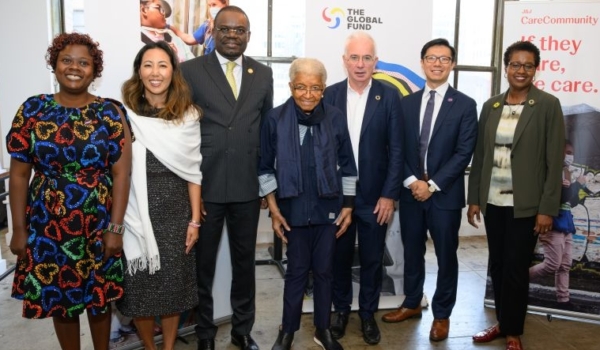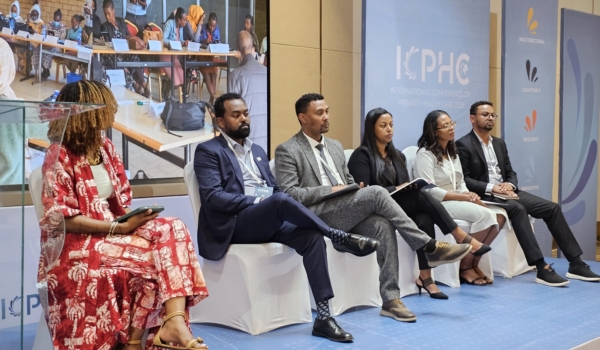A new study published this month by Last Mile Health in the Bulletin of the World Health Organization shows that in the time Community Health Workers (CHWs) have been working in the Konobo district of Liberia, they significantly improved access to care from qualified providers for children suffering from diarrhea, malaria and acute respiratory infection – increasing by 60.1, 30.6 and 51.2 percentage points, respectively.
This is a big deal. Here’s the story of how we arrived at this point.
BRIDGING THE ACCESS GAP
No one should die because they live too far from the nearest doctor. Last Mile Health was founded on this belief, and aims to improve the availability of health services to remote Liberians by training and deploying CHWs who will provide primary care directly to their own communities.
Indeed, community health professionals have the power to bridge the access gap in one of Liberia’s most remote districts – Konobo District.
In 2012, Last Mile Health piloted a CHW program in Konobo, in partnership with the Liberia Ministry of Health, to increase access to child and maternal health services through enhanced recruitment, training, supervision, and compensation of CHWs. The average distance to the nearest clinic in remote Konobo is about 25 km, which means that many people living in Konobo District had extremely limited, if any access to public healthcare system at the start of the program.
By 2014, LMH had rolled out a CHW program that provided access to care for the nearly 10,000 residents living in this remote area of Liberia. CHW were trained, equipped, supervised and paid to provide treatment for diarrhea, malaria, and acute respiratory infections. They also provided home-based prenatal care and help to design birth plans and schedule deliveries in a health facility.
A new study published this month by Last Mile Health in the Bulletin of the World Health Organization shows that in the time CHWs have been working in the Konobo district of Liberia, they significantly improved access to care from qualified providers for children suffering from diarrhea, malaria and acute respiratory infection – increasing by 60.1, 30.6 and 51.2 percentage points, respectively. Furthermore, the overall rate of facility-based delivery among pregnant women increased by 28.2 percentage points, a result that may be due to a program that encouraged facility-based delivery through financially incentivizing both mothers and traditional midwives.
The authors wrote, “Despite the Ebola virus disease outbreak, which caused substantial declines in health-care utilization in other regions of the country, we show increases in health-care use from formal providers for fever, acute respiratory infection and diarrhea among children and facility-based delivery among pregnant women.”
As part of this recent study, staff from Last Mile Health collected basic information about households in Konobo, as well as their healthcare usage and recent illness in 2012 before the program started, and then again in 2015 after CHWs were well-established in their communities. The reported increases in healthcare for children and pregnant women are critical to reducing mortality and improving health in rural Liberia. This study is among the first to report results in an area so remote and demonstrates the positive impact CHW programming can have on access to healthcare in remote populations.
OPPORTUNITY FOR SCALE
The World Health Organization Director-General, Dr. Margaret Chan, cited the study in an editorial on barriers to universal health coverage, writing: “Enhanced recruitment, training, supervision, and compensation of community health workers rapidly improved coverage with maternal and child health services in rural areas of Liberia.”
The results of this study are a testament to what is possible in remote healthcare delivery across the country and around the world. In Liberia, as noted in the study, “practices from this program are being scaled up to over 240 remote communities in adjacent Rivercess County. Furthermore, several of the program’s features, such as contracts and cash payments, ensuring a CHW-to-population ratio of 1:350, targeting of services to remote communities and field-based supervision, have helped to inform the design of Liberia’s National Community Health Assistant Program.”
The National Community Health Assistant Program is a historic initiative that aims to deploy over 4,000 health workers to reach the 1.2 million Liberians living over 5km away from the nearest health center. This study provides further evidence that CHWs can have a positive impact on child and maternal health.




